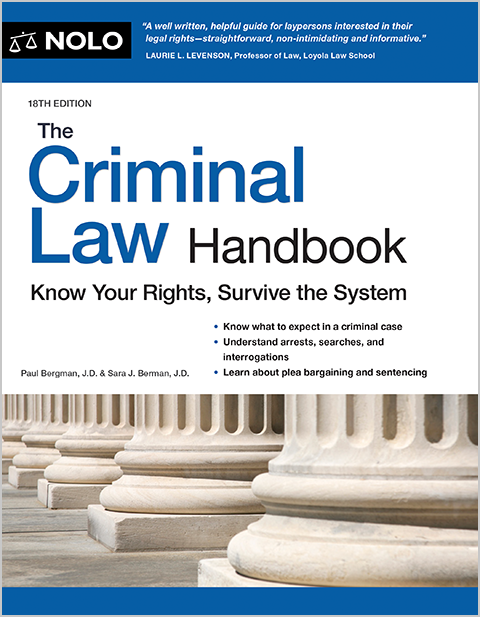Cancers in early stages may not qualify for long-term disability insurance benefits, but people with stage 4 cancer are more likely to be eligible.
While no cure for cancer has yet been developed, recent medical developments have proven remarkably effective at halting the spread of certain cancers and alleviating their worst symptoms. But methods like radiation and chemotherapy can cause side effects that interfere with the ability to work full-time. If you're receiving treatment for cancer that keeps you from performing the essential functions of your job, you may be able to claim long-term disability (LTD) benefits.
Cancer and Long-Term Disability Benefits
Long-term disability policies can pay you a percentage of your prior wages when you become unable to perform the "material and substantial duties" of your regular occupation. Some LTD policies require that you be unable to perform any occupation, not just your usual line of work. Qualifying for disability benefits under this definition is more difficult, since you'll need to show that you can't do less physically or mentally strenuous jobs in addition to your past work.
LTD benefits often cover workers who have been diagnosed with cancer, but not all LTD claims for cancer are approved. Whether your claim is approved will depend on the specifics of your LTD policy and at what "stage" your cancer diagnosis is.
Does Stage 4 Cancer Qualify for Long-Term Disability?
Doctors often classify cancer diagnoses into four "stages" based on the size of the cancerous tumor and to what extent it has spread throughout the body.
- Stage 1 cancer involves an abnormal growth of cells that is confined to a single part of the body. They can sometimes be removed surgically, depending on the location.
- Stage 2 cancers are growing, but still localized or spread only to nearby lymph nodes (organs that make up an important part of the immune system).
- Stage 3 cancers are similar to stage 2, but are usually larger and may have advanced past local lymph nodes to ones farther away.
- Stage 4 cancers have spread to other organs in the body ("metastasized").
The greater the stage number, the more serious the cancer symptoms tend to be, and the more likely an LTD provider will award benefits. For example, successful long-term disability claims based on stage 1 cancer are rare, but people with stage 2 or 3 cancer may be eligible for benefits when their treatment is accompanied by symptoms such as pain, fever, and headaches.
Because stage 4 cancers are the least receptive to treatment and often involve severe symptoms of weakness, nausea, and fatigue, people with stage 4 cancer have the highest likelihood of establishing the basis for a successful LTD claim.
Evidence You Need to Qualify for Long-Term Disability for Cancer
If you're applying for long-term disability benefits, expect your case to be carefully examined, even if your cancer has reached stage 4. Your LTD file must contain all the medical evidence relevant to your disability, including notes from your oncologist (cancer doctor), lab results, and objective imaging showing the extent to which your cancer has spread.
Documenting Your Treatment History
Treatment options for cancer patients vary significantly depending on what kind of cancer it is, where it's located, and how far it has metastasized. Many malignant skin lesions can be removed through routine surgery requiring little or no time off from work. On the other end of the spectrum, lung cancer may require many months of chemotherapy and radiation.
Your LTD policy provider will need to see what kind of treatment you've had for the type of cancer you've been diagnosed with. Your record should contain evidence of the following documents, where relevant:
- hospital records showing admission and discharge dates for chemotherapy, radiation, or surgical intervention
- clinical notes from your oncologist and regular doctor containing their observations about how you're responding to treatment
- objective imaging (such as an X-ray, MRI, or CT scan) that your doctor uses to monitor where cancerous cells are located
- diagnostic lab tests (such as biopsies or bone scans) and blood work that show the presence of tumor markers like certain antigens, proteins, or genetic material
- other cancer-specific treatments including gene therapy, proton therapy, laser treatment, and bone marrow transplants.
The Employment Retirement Income Security Act (ERISA), a federal law that regulates most long-term disability plans, allows workers (or their representatives) to request a free copy of their claim file from the plan administrator. Once you've obtained a copy of your file, you should review it to make sure it contains all the documents involving your cancer diagnosis and treatment.
Complications and Side Effects of Cancer Treatment
The procedures needed to eliminate cancerous cells often cause significant side effects that can limit your ability to work. Chemotherapy in particular is notorious for its side effects, including nausea, fatigue, pain, digestive problems, and complications (such as infections) resulting from a compromised immune system. Radiation, like chemotherapy, destroys healthy cells in addition to cancerous cells, which can cause persistent fatigue and skin sensitivity.
In the best case scenario, treatment is successful and the cancer will rapidly go into remission, with reduced (or non-existent) signs or symptoms of the disease. Even in these cases, side effects from treatment can support a claim for short-term disability benefits, which can replace a percentage of your income for up to six months. Insurers generally approve short-term disability claims at a higher rate than those for long-term benefits, which typically last for at least one year. Several states provide publicly funded short-term disability benefits as well, and mulitple states now have paid medical leave programs.
Sometimes, cancer treatment causes health problems that don't show up until months or years after the treatment has ended. These "late effects" can form the basis of a long-term disability claim. Common examples include heart problems, respiratory issues, nerve damage, muscle weakness, osteoporosis, and fatigue, among others.
Gathering Letters from Your Doctors, Friends, and Family Members
LTD policies generally want to hear from your doctors regarding what medical limitations you have stemming from your cancer diagnosis and subsequent treatment. For example, many people with breast cancer struggle to raise their arms above their head or carry heavy objects. Having a doctor confirm restrictions on how much weight you can lift or whether you can reach objects on a high shelf strengthens your claim that you can't do jobs involving those tasks.
Statements from friends and family members regarding your daily limitations, along with observations from your prior co-workers about any on-the-job difficulties they've witnessed, can also strengthen your case. Be sure to "stack the administrative record" with favorable evidence before your insurance company makes its final decision on your case. ERISA generally prevents claimants from presenting new evidence to a court on appeal if they didn't present that evidence to their insurer.
Getting Help With Your Claim for Long-Term Disability Benefits
You may wish to hire an attorney who specializes in disability law to handle your LTD claim. An experienced disability lawyer will not only keep track of deadlines and communicate with the insurance company on your behalf, but will also understand how to present your case in the most persuasive way possible.
A lawyer can also work with your doctors to obtain helpful medical opinions and convincing objective evidence demonstrating that you're unable to work. Most disability attorneys provide a free consultation and work on commission, meaning they only collect a fee if you win your case. For more information, see our article on hiring a long-term disability attorney.
Talk to a Lawyer
Need a lawyer? Start here.
How it Works
- Briefly tell us about your case
- Provide your contact information
- Choose attorneys to contact you
- Briefly tell us about your case
- Provide your contact information
- Choose attorneys to contact you

